Amethyst.- PURPLE QUARTZ
Perhaps the most striking representative of the quartz ‘family’, amethyst has been admired for millennia. The color range of amethyst range from soft lavender to deep purple. Amethyst can fade in tone if overexposed to light, and it can also be artificially darkened with adequate irradiation — some sellers use this to make crystals more appealing. Amethyst can also be grown synthetically, and the result is close to indistinguishable from the real thing. Soe artificial amethysts feature impurities or a lack of clarity, and their color also tends to be uniform — while natural amethyst has variable color.
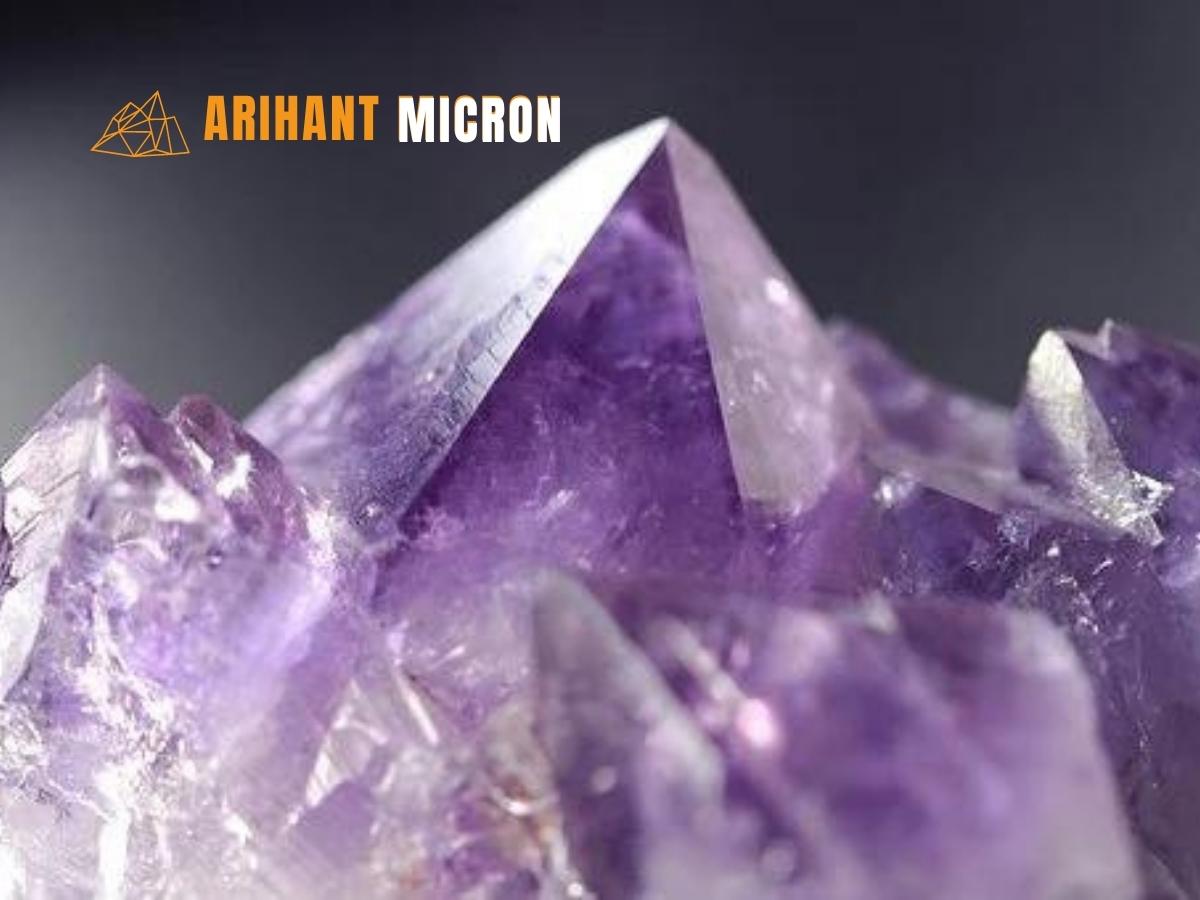
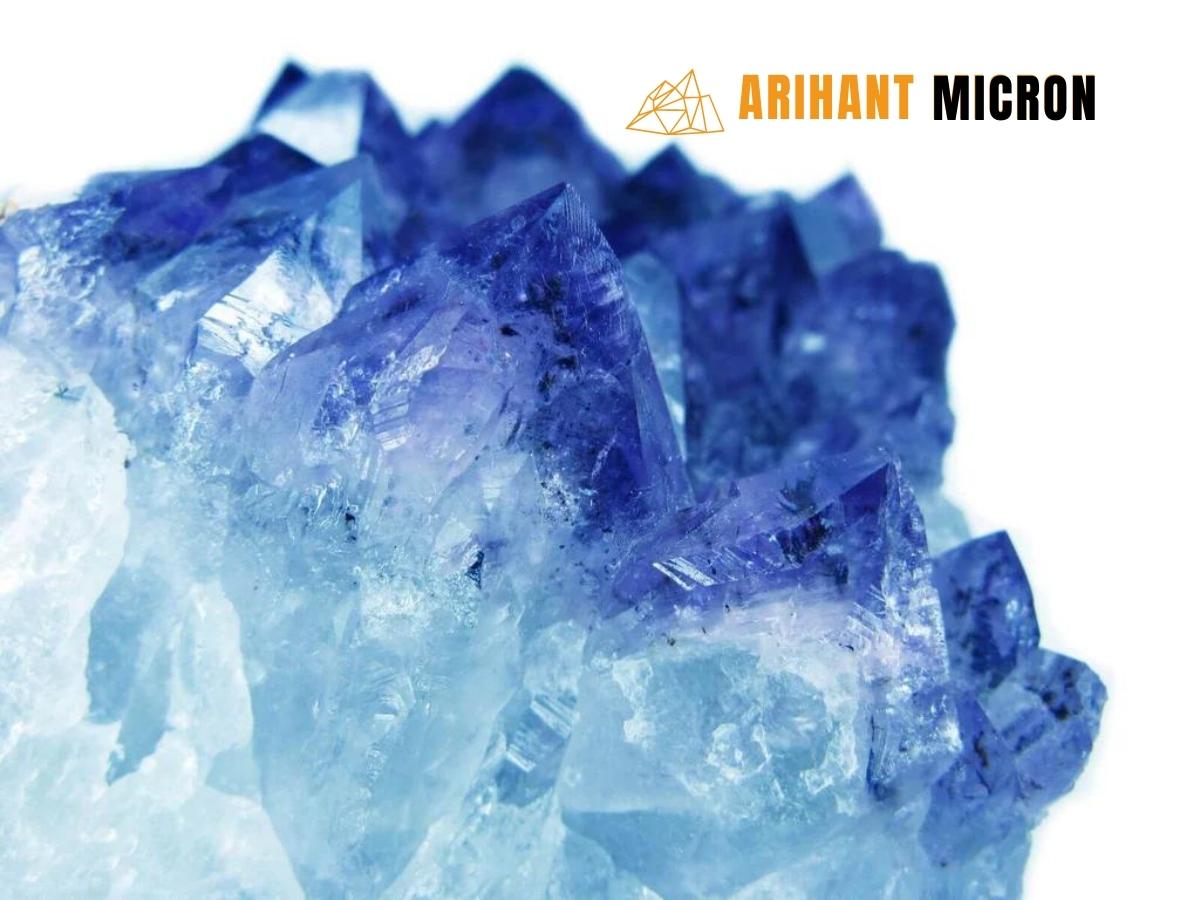
Blue quartz (Dumortierite quartz.)
An opaque to translucent, blue variety of quartz, owing its color to inclusions, commonly of fibrous magnesioriebeckite or crocidolite, or tourmaline. The color may be caused by the color of the included minerals or by Rayleigh scattering of light at microscopic inclusions.The term is sometimes also used for massive quartzite with inclusions of blue minerals.
Citrine.- YELLOW QUARTZ
Citrine is the yellow variety of quartz (citrium means lemon), and can be formed by two different mechanisms: in the ferric variety, iron or iron oxide absorbs radiation (from ultraviolet to blue), and in the second mechanism, although the specifics are still unclear, is known to be caused by aluminum, lithium or hydrogen inclusions.
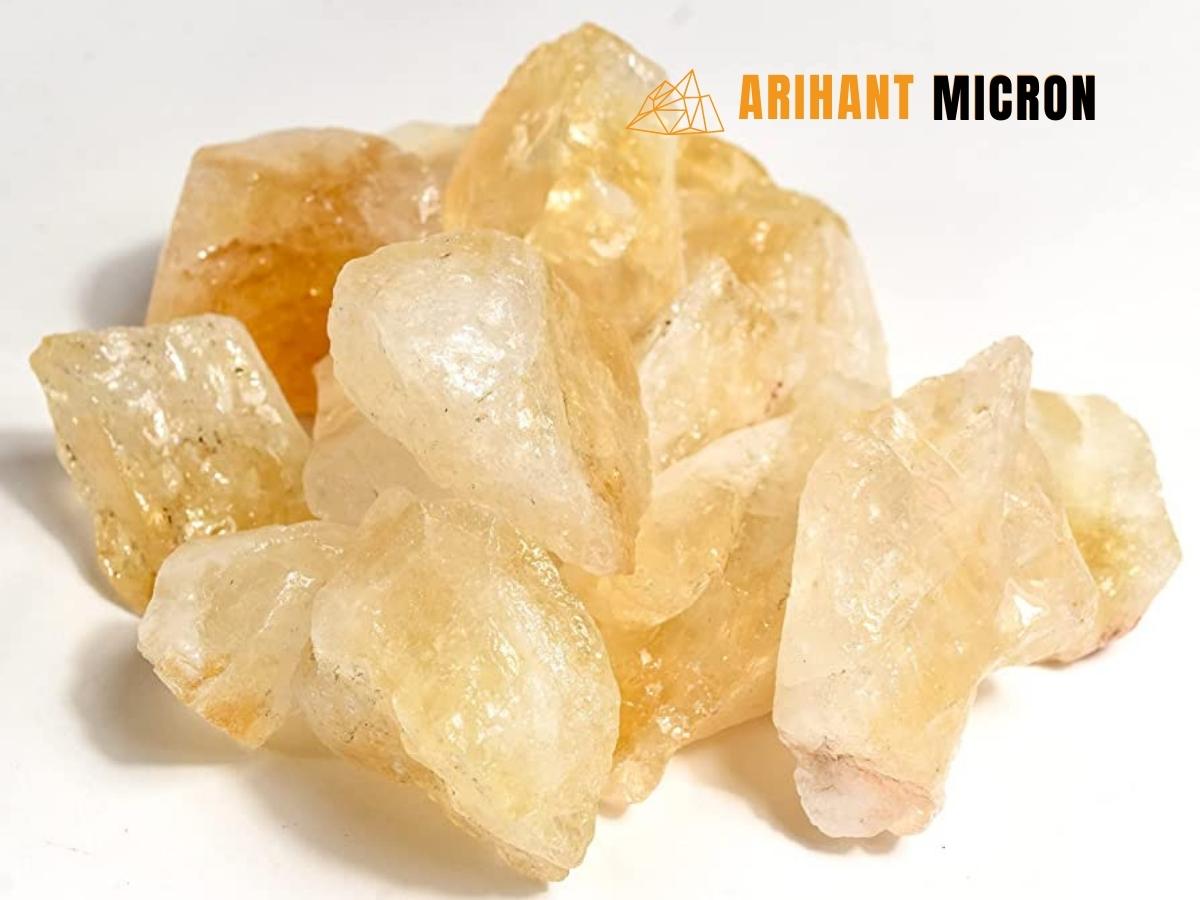

Milky quartz – White Quartz
Milky Quartz is known by several different names, such as Snowy Quartz, White Quartz, and Wisdom Quartz. It is opaque in color and is one of the most abundant stones on the earth. Milky quartz, not to be confused with Opalite, is a less frequent but beneficial crystal.
Rose quartz
Rose quartz varies in color from light pink to rose red, usually due to titanium or iron (although manganese can also be present).It’s rarely used as a gem because, it has a lot of impurities; it’s mostly used to carve animals, hearts, etc. However, when clear, it’s quite lovely. Rose quartz can be hazy, translucent, or anything in between. This is due to microscopic fibrous inclusions of a pink borosilicate mineral. Its pink hue is believed to be caused by aluminum and phosphorous atoms that replace the silicon in the crystalline lattice.

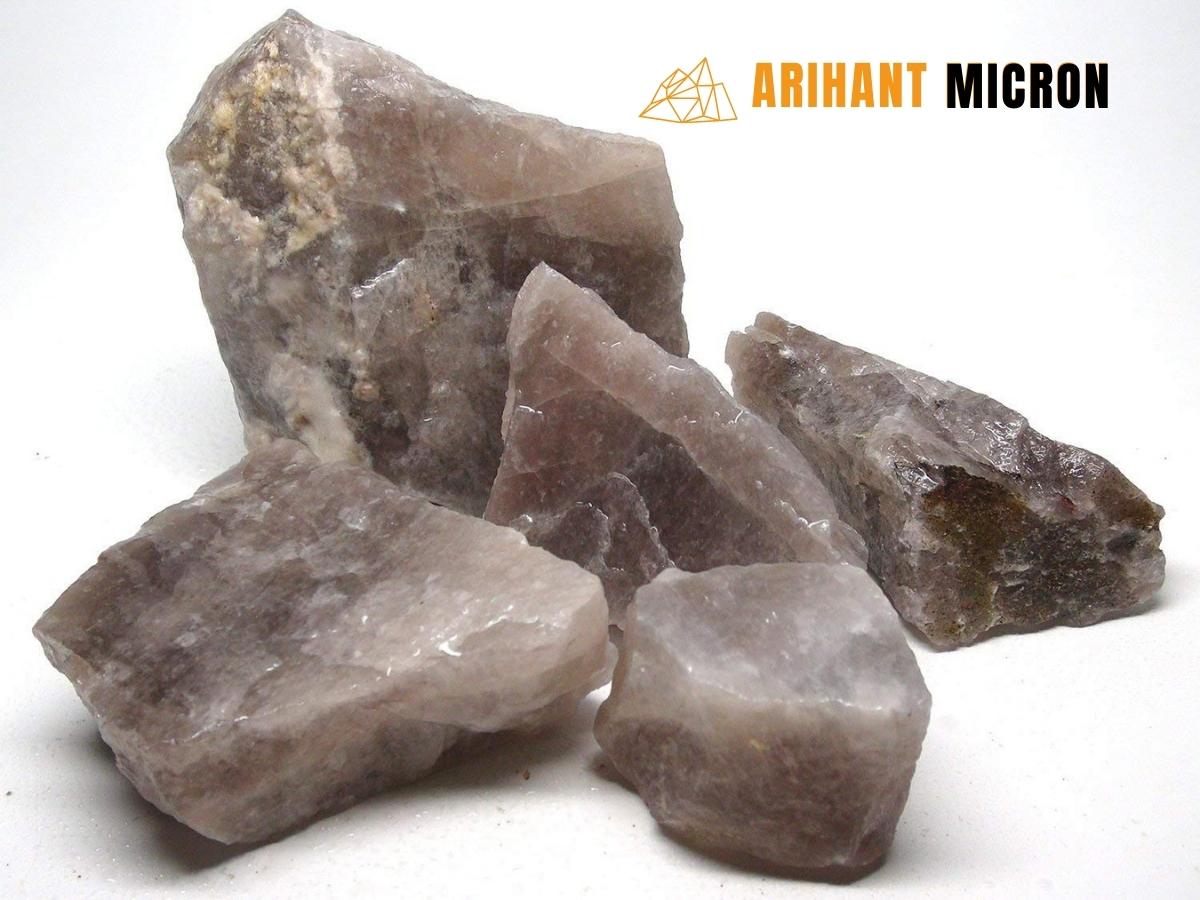
Smoky quartz
Smoky quartz is a brownish-grey, translucent variety of quartz that ranges in clarity from almost complete transparency to an almost-opaque brownish-Grey or black crystals. The smoky color results from free silicon formed from the silicon dioxide by natural irradiation.
Prasiolite
Prasiolite (also known as green quartz, green amethyst, or marine) is a green variety of quartz.
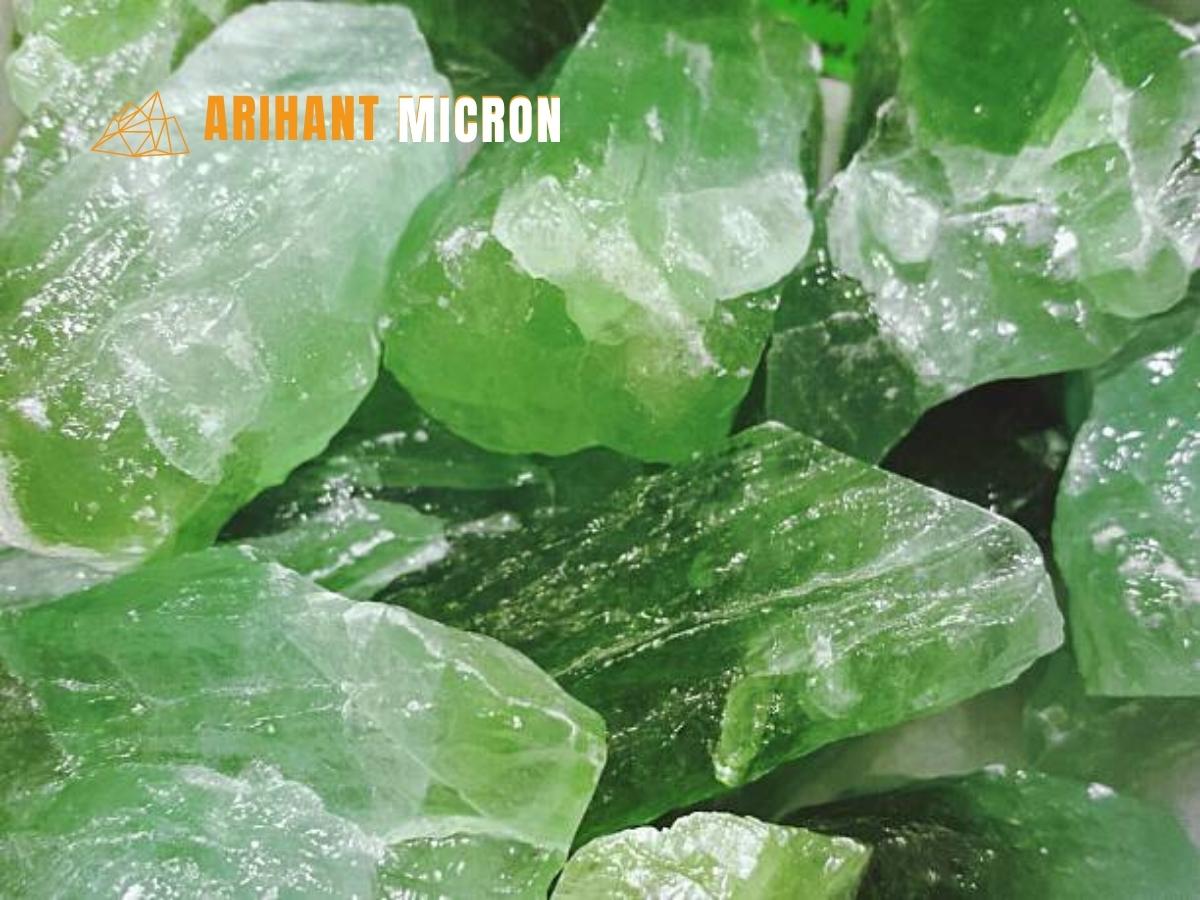

CRYSTAL QUARTZ
Quartz crystal is a power stone that’s prized as a healing stone. It is known as the most powerful healing stone of the mineral kingdom, able to work on any condition. It has been called the “Universal Crystal” because of its many uses and is beneficial for manifesting, healing, meditation, protection, and channeling.